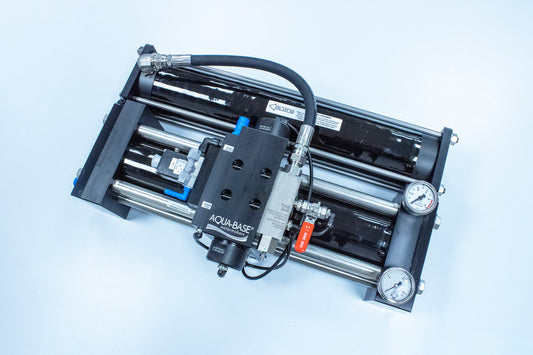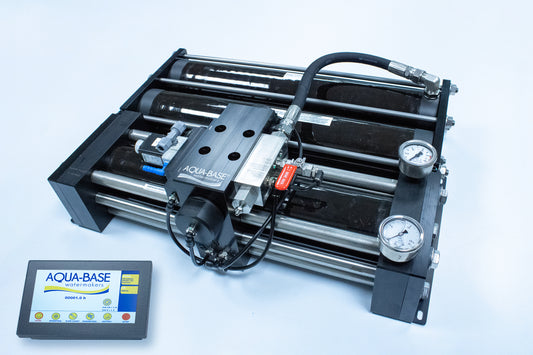How to winterize a watermaker?

Complete guide to protecting your watermaker
Winterizing a watermaker is a crucial step to maintain its proper functioning and extend its lifespan. Whether you're hauling your boat out for the winter or simply not planning to use your watermaker for several weeks, it's essential to follow the correct preparation steps to prevent fouling and damage to the membranes.
Why winterize a watermaker?
A watermaker operates by filtering seawater through specialized membranes. When left unused for an extended period, several issues can arise:
- Salt crystallization and membrane degradation due to lack of water circulation
- Bacterial and algae growth inside the system
Proper winterization helps avoid these problems and ensures your system is fully operational again in the spring—without unpleasant surprises.
Step 1: Fresh water rinse
First and foremost, it’s important to flush your watermaker with fresh water to remove any salt residue.
🔹 How to do it:
1️⃣ Shut off the seawater intake and open the fresh water valve if your system has an automatic flush mode.
If equipped with auto-flush, simply press the “Flush” button; fresh water will then circulate through the membranes and water lines.
Let the fresh water run for several minutes to thoroughly rinse the membranes and tubing.
2️⃣ Stop the system and proceed to the next step. For automatic flush systems, the cycle will end on its own.
👉 Note: Some watermaker models have an automatic flush cycle that runs at regular intervals. If your boat remains in the water and you're only away for a few weeks, this feature may be sufficient.
Step 2: Disinfect and preserve the membranes
If the watermaker will remain unused for more than 3 weeks, it is recommended to use a storage chemical to prevent bacterial growth and protect the membranes.
🔹 Preservation Procedure:
1️⃣ Prepare a solution using a membrane preservative (available at marine supply stores).
2️⃣ Dilute it in fresh water according to the manufacturer’s instructions.
3️⃣ Circulate the solution through the watermaker system for a few minutes.
4️⃣ Close all valves to prevent backflow and leave the solution in the system—it will remain effective throughout the winterization period.
👉 Warning: Never use water that contains chlorine, as it can irreversibly damage the membranes.
Step 3: Disconnect and protect sensitive components
Certain parts of the watermaker require special attention:
- Filter cartridges: Check their condition and replace if necessary (install a new cartridge).
- Pumps and fittings: If the boat is stored in a cold area, use a marine-grade antifreeze to protect the system from freezing.
Step 4: Check and maintain before recommissioning
When you're ready to use your watermaker again after winter:
✅ Thoroughly flush the system by running the machine without producing water; the high flow will flush out the storage chemical.
✅ Replace filters if needed.
✅ Test the system’s output and check the water quality before drinking or using it.
Conclusion
Properly winterizing your watermaker is essential to ensure its longevity and avoid any issues during recommissioning. With the right care, you protect the membranes, prevent contamination, and ensure optimal fresh water production for your next voyages.
Need advice on maintaining your watermaker? Refer to your unit’s manual or consult a marine professional for a full check-up before winter storage.






